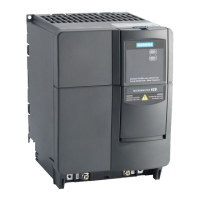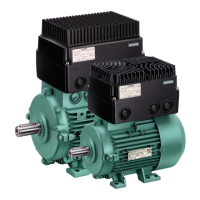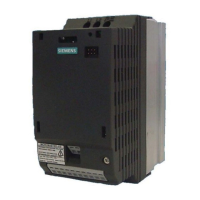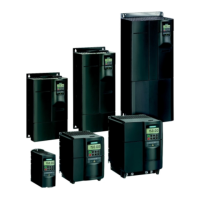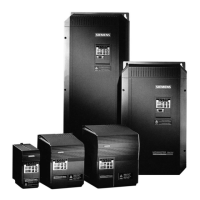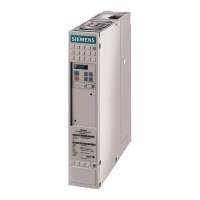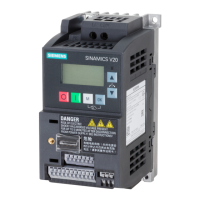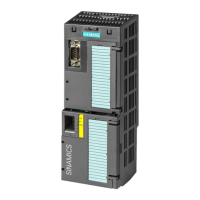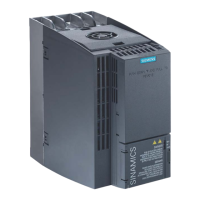Data transfer using CANopen Issue 01/05
CANopen Option Module Operating Instructions
36 6SE6400-5BC00-0BP0
L=0
SYNC Producer SYNC ConsumerCOB-ID = 80H
Request
Indication
L=0
Request
Indication
SYNC
Consumer time
SYNC
Producer time
SYNC
Consumer time
SYNC loss Event
Fig. 3-5 SYNC monitoring protocol
NOTE
After powerup, Node Guarding and SYNC loss detection only become active after
reception of the first Node-Guarding message and/or the first SYNC message.
The Node-Guarding or SYNC loss warning and the displayed LED error condition
will be cleared immediately after the first Node-Guarding message or SYNC
message was received. That means the first SYNC starts SYNC checking and the
first Node-Guard message starts Node-Guarding.
If a Node-Guarding fault or a SYNC loss has caused the inverter to trip, then it is
possible to reset the trip in the inverter via CAN. However, the inverter cannot go
into run as long as a communications error is still present (Node-Guarding, SYNC,
Busoff or Overrun).
3.2.3 Boot up telegram
After the initialization phase, a CANopen slave logs-on with a boot-up telegram.
This telegrams contains the COB-ID 700 plus NODE-ID. The COB-ID can be taken
from the node address of the slave. This allows a CANopen master to know which
slaves are connected to the bus.
RequestIndication
0
COB-ID = 700H + Node-ID
NMT Master NMT Slave
Fig. 3-6 Boot up protocol
